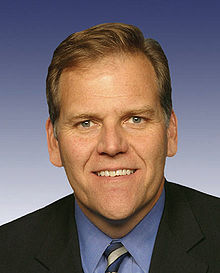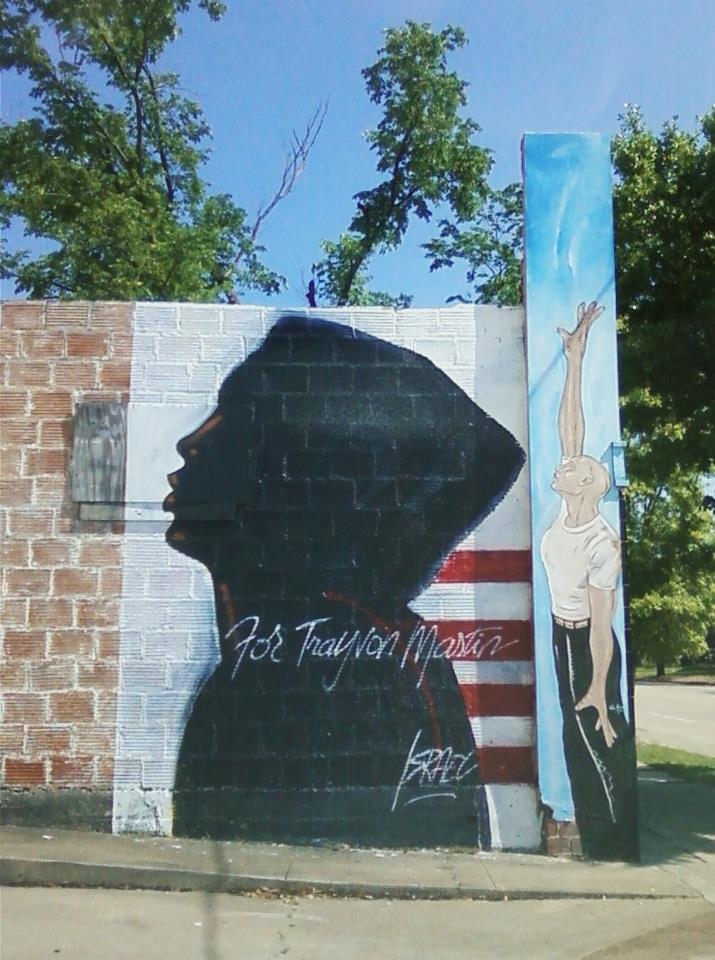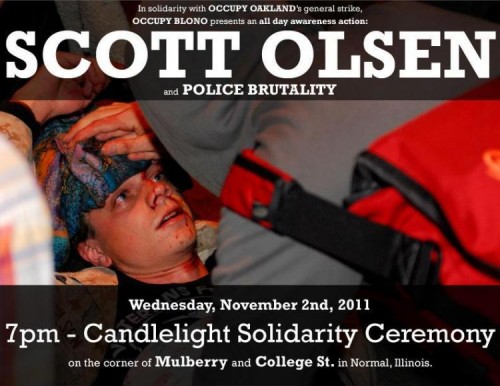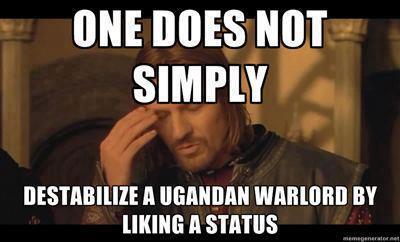Reason #15,926 I love the Internet: it allows us to bypass our insane leaders israelovesiran.com
— allisonkilkenny (@allisonkilkenny) April 22, 2012

Sherry Turkle published an op-ed in the Opinion Pages of the New York Times’ Sunday Review that decries our collective move from “conversation” to “connection.” Its the same argument she made in her latest book Alone Together, and has roots in her previous books Life on the Screen and Second Self. Her argument is straightforward and can be summarized in a few bullet points:
- Our world has more “technology” in it than ever before and it is taking up more and more hours of our day.
- We use this technology to structure/control/select the kinds of conversations we have with certain people.
- These communication technologies compete with “the world around us” in a zero-sum game for our attention.
- We are substituting “real conversations” with shallower, “dumbed-down” connections that give us a false sense of security. Similarly, we are capable of presenting ourselves in a very particular way that hides our faults and exaggerates our better qualities.
Turkle is probably the longest-standing, most outspoken proponent of what we at Cyborgology call digital dualism. The separation of physical and virtual selves and the privileging of one over the other is not only theoretically contradictory, but also empirically unsubstantiated. more...







